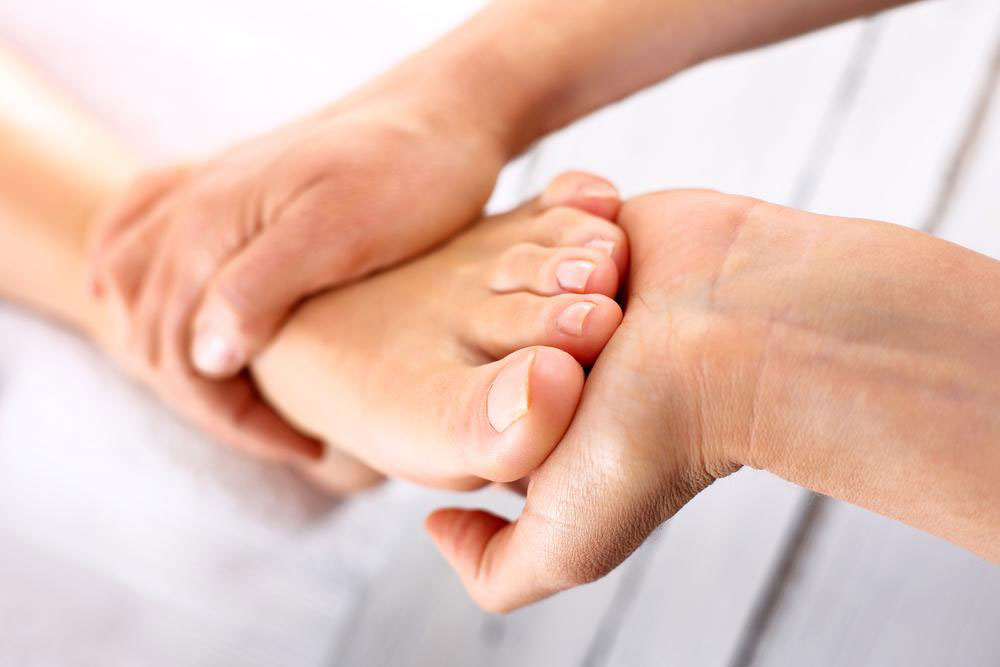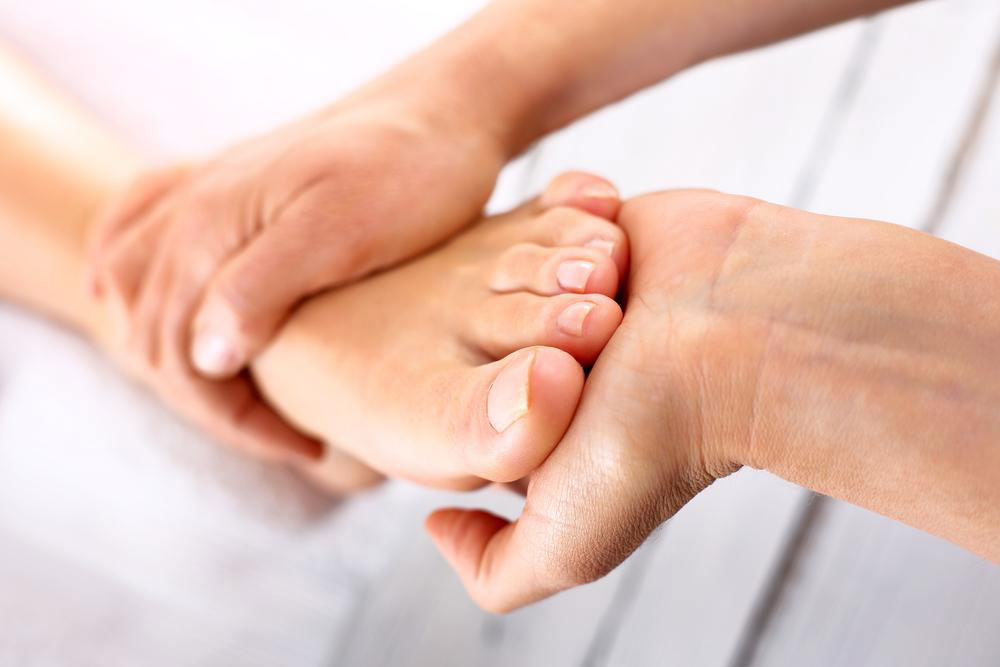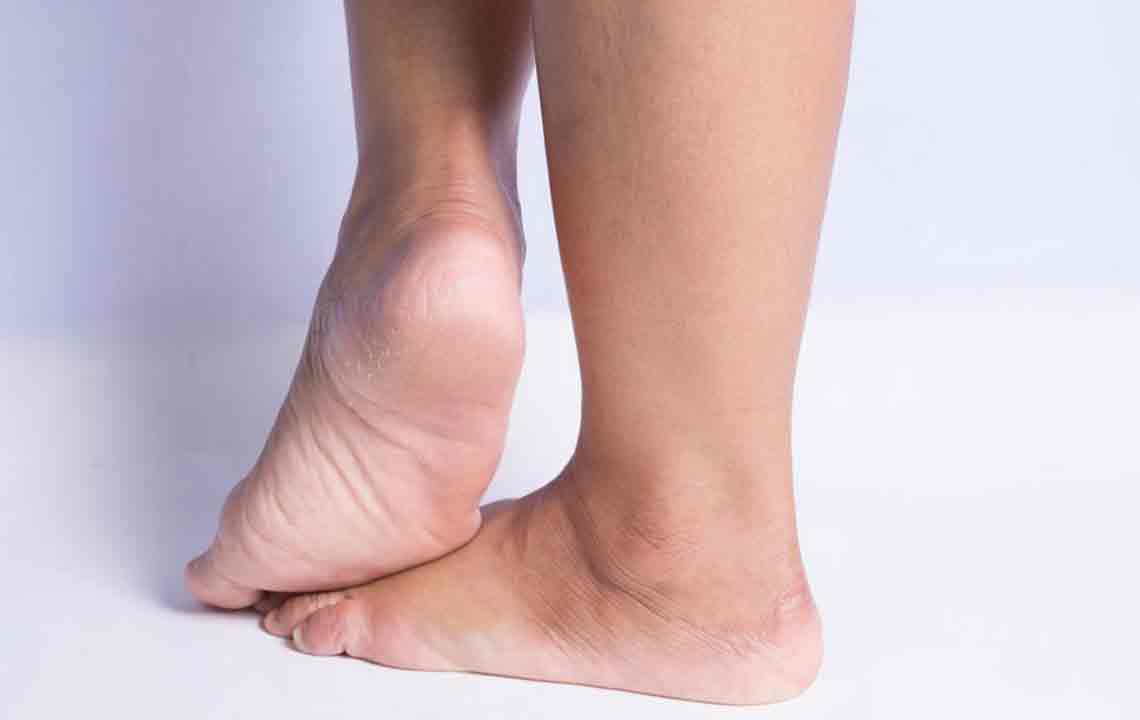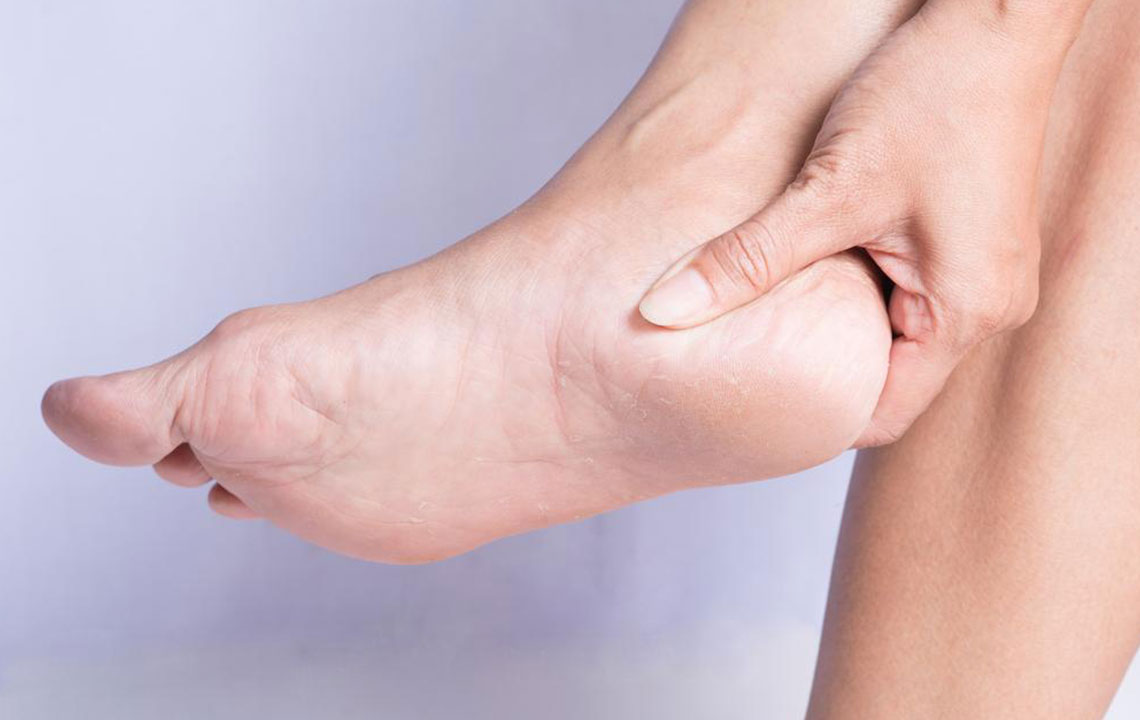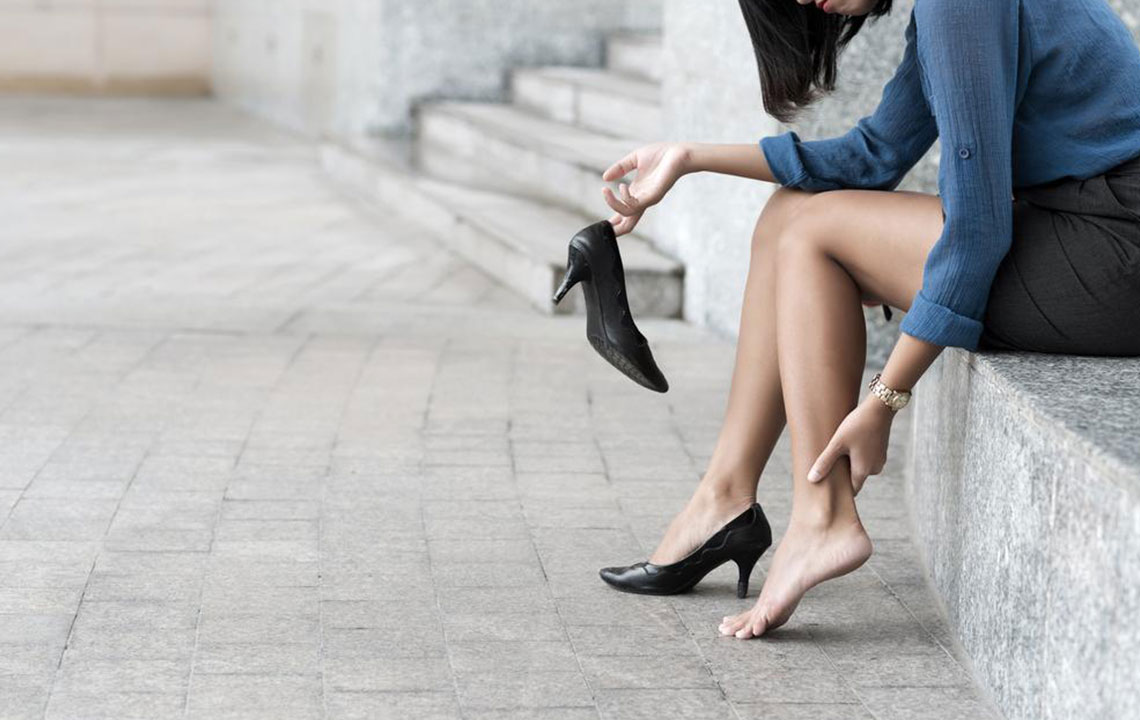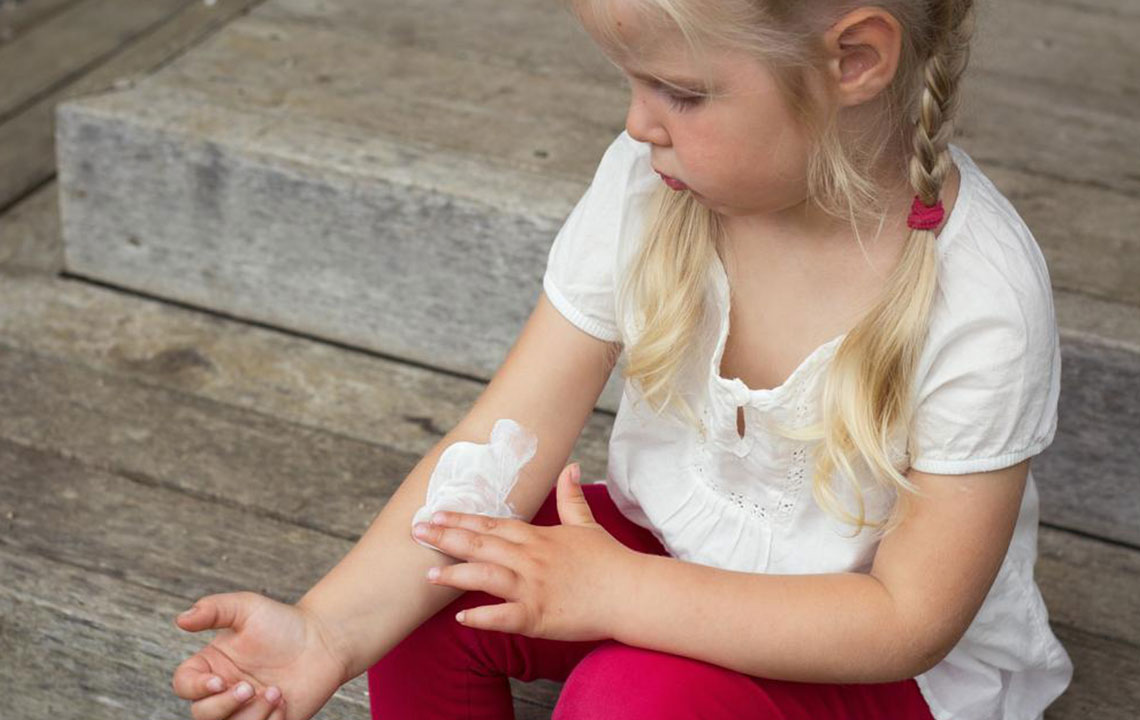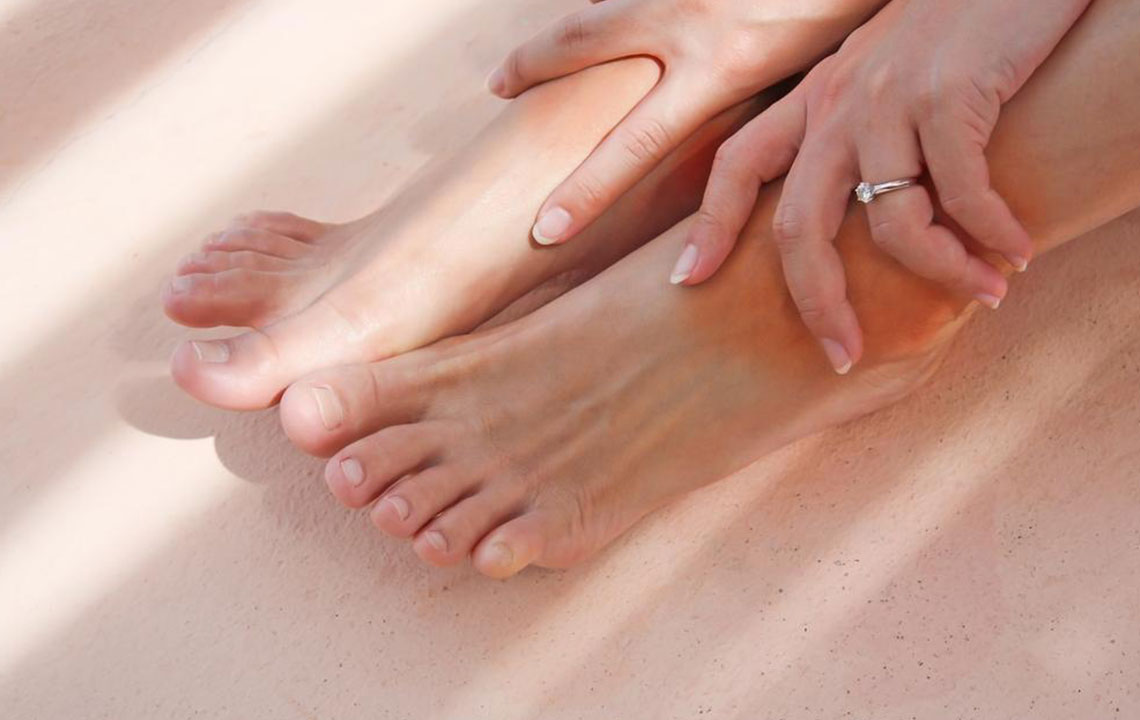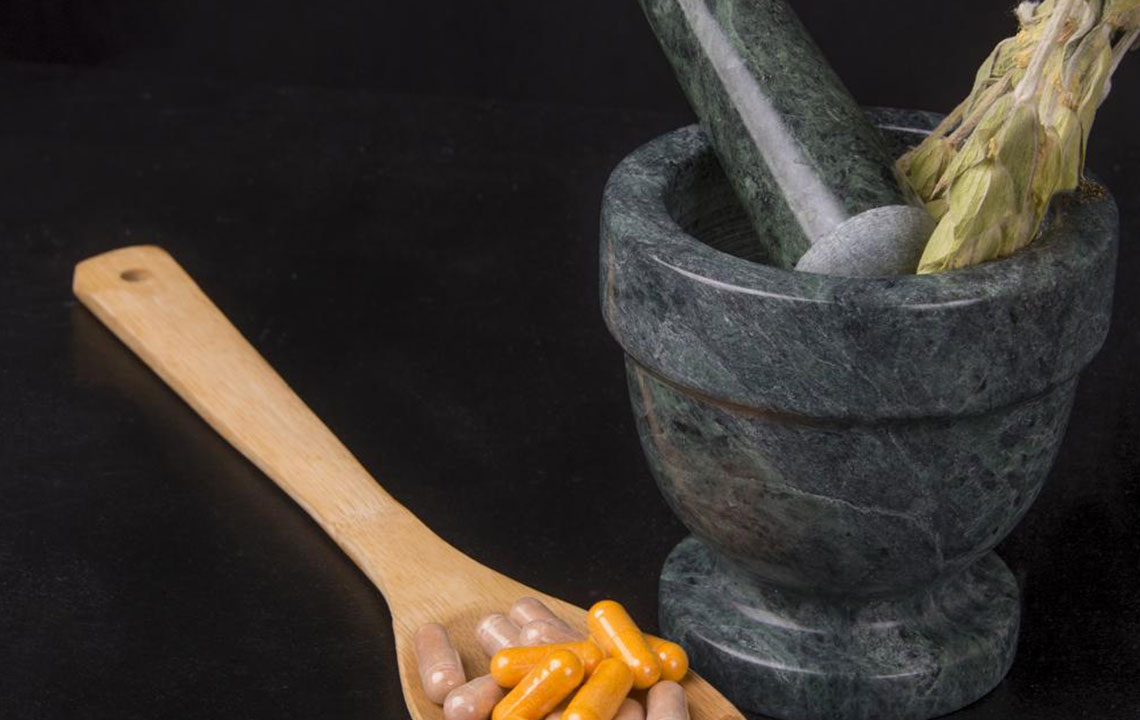Top Strategies to Relieve Heel Discomfort
Discover effective techniques to alleviate heel pain, including home remedies, exercises, and when to seek medical help. Learn about common causes like plantar fasciitis, sprains, and fractures, and practical steps such as proper footwear, stretching, and massage to promote healing. Consulting healthcare professionals is essential for persistent or severe discomfort. This guide offers comprehensive strategies to reduce heel pain and improve foot health, ensuring you can move comfortably and prevent future issues.
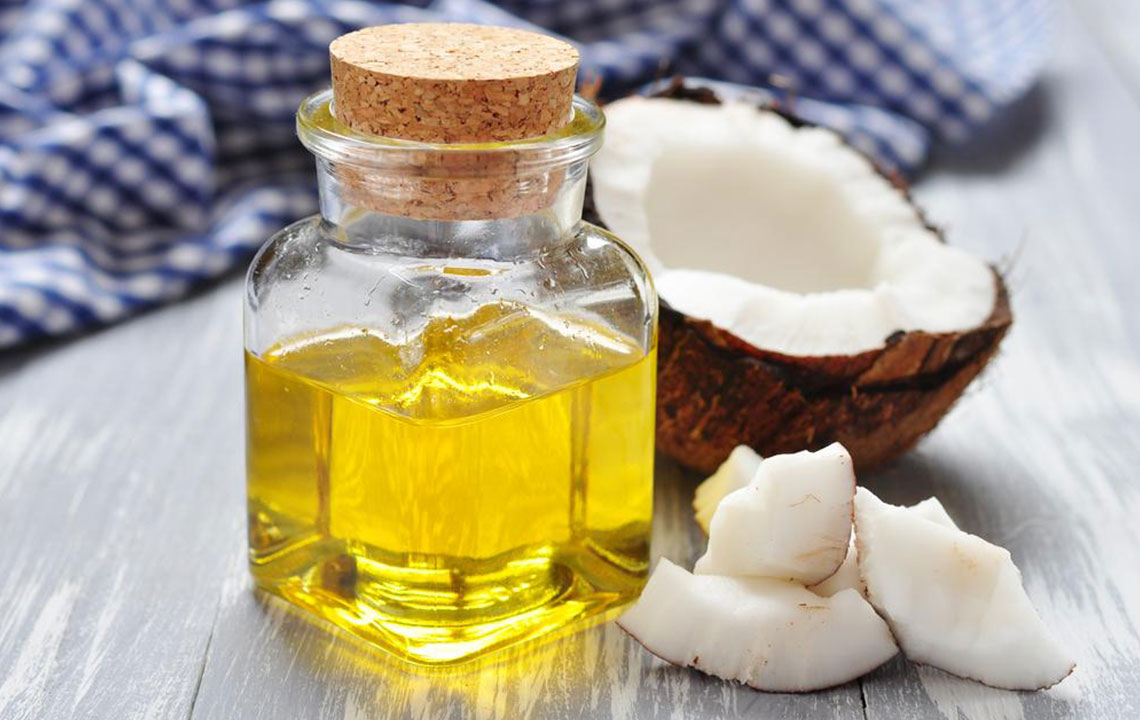
Top Strategies to Relieve Heel Discomfort
An inactive lifestyle combined with excess weight can place additional pressure on your heels. The heel, being the largest bone in the foot, involves 26 bones, 33 joints, and over 100 tendons, making it susceptible to strain. Overuse of the foot can lead to injuries and pain, especially with added weight affecting circulation. Heel pain, usually felt underneath, can hinder daily activities. This article explores common causes of heel discomfort and effective remedies to alleviate it.
Heel pain is a frequent issue, often experienced in the arch or bottom of the heel, worsening with movement. Typically more intense in the morning, it can result from wearing unsupportive or worn-out shoes.
Common causes of heel pain include:
Plantar fasciitis: Excessive pressure on the heel causes tightening and injury to the plantar fascia ligament that connects the heel to the front of the foot.
Sprains and strains: Intense physical activity without proper warming up can lead to joint sprains and ligament damage.
Bone fractures: A break resulting from falls, accidents, or sports injuries often cause severe pain and require urgent medical attention.
Achilles tendinopathy: Swelling and pain in the tendon that links calf muscles to the heel are often due to overuse, requiring consultation if pain persists beyond a few weeks.
Bursitis: Inflamed bursae, fluid-filled sacs around joints, cause pain during movement when inflamed.
Osteochondrosis: Affects bone growth in children and teens, leading to heel pain.
Reactive arthritis: An infection-triggered condition causing inflammation that results in heel pain.
To ease heel discomfort at home, several remedies can be effective:
Maintain a healthy weight to lessen stress on your heels and hips.
Apply ice packs for 10-15 minutes twice daily to reduce swelling.
Wear well-fitting, supportive footwear.
Use shoe inserts or heel lifts to cushion the heel.
Engage in stretching exercises to strengthen foot ligaments.
Wear a foot splint to stretch the calf and arch.
Avoid high-impact activities like running or jumping.
Try low-impact sports such as swimming or cycling.
Roll your foot over a tennis ball to promote circulation.
Use orthotic supports to distribute pressure evenly.
Incorporate heel pads for additional relief.
Soak feet in warm Epsom salt water.
Take over-the-counter pain relievers like ibuprofen or naproxen.
Limit the wearing of high heels, especially for daily wear, to reduce strain.
Ensure proper footwear for sports and workouts.
Massaging heels with sesame oil can provide soothing relief and promote healing due to its penetrating and anti-inflammatory properties.
If pain persists despite these measures, consult a healthcare professional. A doctor can diagnose the underlying cause through examinations and imaging, prescribe medications, recommend physical therapy, or suggest surgical intervention when necessary. Resting the foot and performing targeted exercises under guidance can significantly aid recovery.
Physical therapy, administered by qualified specialists, can strengthen the tendons and muscles around the heel, prevent future injuries, and expedite healing.


